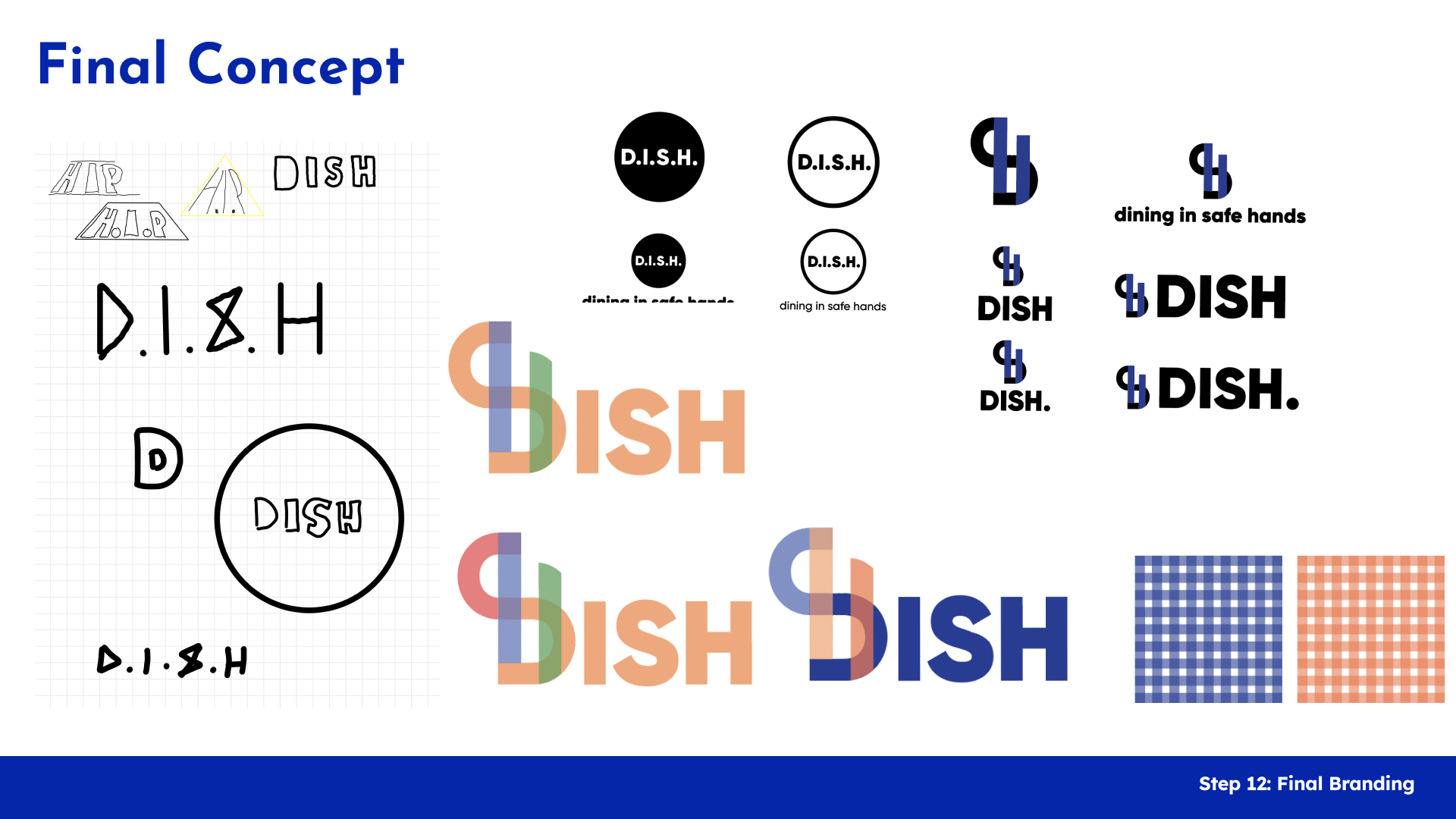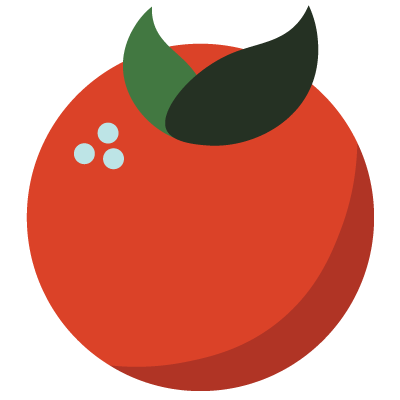D.I.S.H.
(Dining in
Safe Hands)
A certificate program challenging and supporting restaurants on their journey of implementing diet-inclusive practices through improvements in ingredient transparency and communication between restaurants staff and customers.
DISH was developed as a design solution to the problem: customers with dietary restrictions often feel unease or unsafe when eating out.
DISH is a group project consisting of myself, Reine Nisheiwat, Silvia Diaz, and Alexandra Kopel. The initial idea for this project was a want to help streamline the restaurant experience and process for those with dietary restrictions.
DISH was developed as a design solution to the problem: customers with dietary restrictions often feel unease or unsafe when eating out.
DISH is a group project consisting of myself, Reine Nisheiwat, Silvia Diaz, and Alexandra Kopel. The initial idea for this project was a want to help streamline the restaurant experience and process for those with dietary restrictions.
Programs:
✽ Adobe Illustrator
✽ Figma
Skills:
✽ brand identity
✽ graphic design
✽ user research
✽ human centered problem solving
Created 2022
✽ Adobe Illustrator
✽ Figma
Skills:
✽ brand identity
✽ graphic design
✽ user research
✽ human centered problem solving
Created 2022
Project Touchpoints
✽ Research
✽ Ideation
✽ Brand Identity
✽ Brand Components
Final Visual Components



Research
In the context of this project, a dietary restriction is defined as two different categories: diagnosed or lifestyle. Diagnosed dietary restrictions include allergies and diseases such as celiacs. Lifestyle dietary restrictions include diet choices such as vegetarianism or pescatarianism, or religious diets such as halal or kosher diets.
The first phase of DISH was to determine whether this problem we wanted to tackle was significant enough, and how any solution we would come up with would make a difference. Primary research included surveys, 1:1 in-depth interviews with people who had dietary restrictions, and quick five question interviews with restaurant staff (waiters, cashiers, etc). Secondary research included competitive analysis on existing food certifications and policies as well as general research on dietary restrictions on both the customer side and the restaurant side.


The research conducted told us that there is indeed space in the market as current existing solutions either put the burden on the customer to ensure their own comfort/safety or is put in place by loose and undefined suggestions by the FDA. Our intention is to shift the responsibility onto the restaurant and make a standardized system for identifying allergens or dishes that contain common dietary restrictions.
Ideation
We now move on to design concepts. Each member of the group came up with at least one design solution with the intention to explore all our possibilities. Through desk critique and small group discussions, we eventually moved on to our final solution, a certification program. You might notice that a certification program is not included in these sketches as we had not considered or even thought of it as a solution. In this situation, critique proved to be a tool that really helped our project move in directions that were unexpected.


Brand Identity
Now that we had a solid concept to move forward with, we needed to decide how we wanted to communicate our brand. This proved to be more difficult than expected, we went through many iterations of color palettes, typography, logos, and taglines before settling on DISH.




Brand Components
Now, we’re getting close to a final product. All that is left is to create the components of the brand. As this is just conceptual, we do not plan on actually rolling this out or pitching it to the FDA. However, we did create all of our components with an actual user in mind if this were to come to fruition. Our components include a set of standardized menu icons, downloadable assets such as a tri-fold brochure and certificate, and a website. The menu icons and certificate are meant for the restaurant to use to ease a customer’s journey, whereas the tri-fold and website are meant to be informational assets for any restaurants or customers interested in learning more.





TLDR;
To click through this project and the process in greater depth and detail, you can view our process book here.

